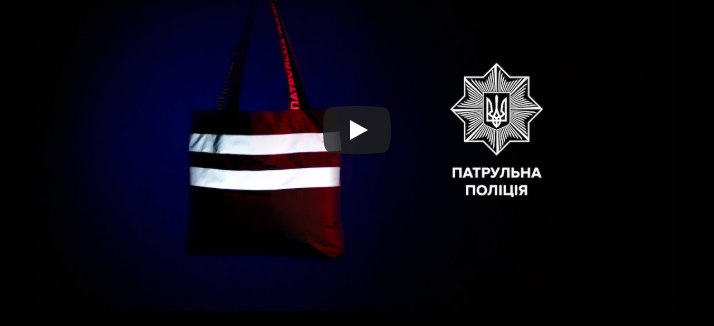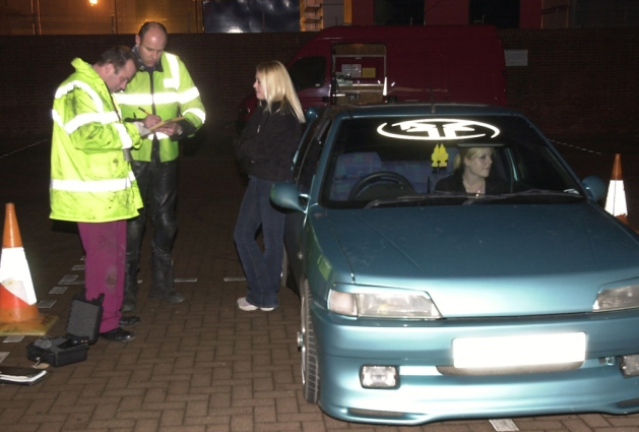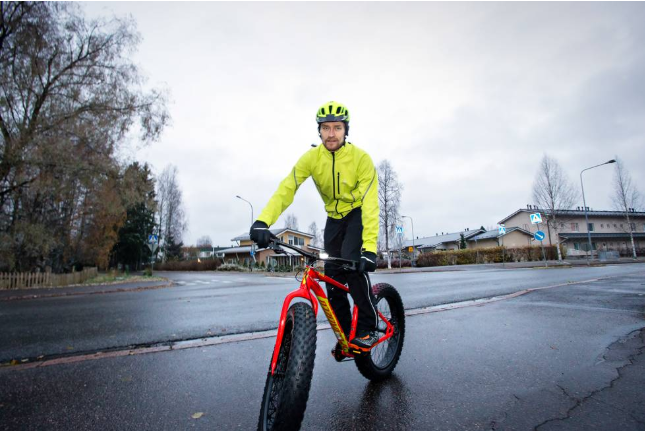Hundreds of new motorcycles are registered annually at UBDD. At the same time, an increase in the number of cases of traffic accidents involving two-wheeled vehicles is also recorded (the figure is almost doubled every year).
The Central Internal Affairs Directorate of Tashkent shared some recommendations both for owners of “iron horses” and for other road users.
Motorcyclists, in comparison with other drivers, are at greater risk – they are more difficult to notice on the road because of the size, and in the event of an accident, the lack of a body gives increased trauma. Therefore, they need to have exceptional technical knowledge and driving skills. Motorcyclists can help drivers and other road users in different ways notice them on the road on time, including:
Put on a reflective jacket, reflective vest, and helmet in a bright color;
Use reflective elements;
Avoid blind spots of other vehicles,
When driving in the aisle, choose the optimal speed situation (including, do not slow down the movement in blind zones),
Apply high beam headlights during daylight hours,
Blink a stop signal before braking.
As for motorists, they must follow the rules of the road, since two-wheeled vehicles can be noticed by them too late.
The recommendations are as follows:
When changing lanes or entering a busy highway, make sure there are no motorbikes nearby. Motorcycles are small and therefore can easily be in the blind zone.
When following or near a motorcyclist, keep a distance that you can travel in 4 seconds. If a motorcyclist suddenly brakes or falls from a motorcycle into your lane, this distance will help to avoid hitting him.
Give the motorcycle the full width of the lane. Sharing one lane with him is unsafe.
Never try to overtake a motorcycle while on the same lane.
If possible, move to one side of the lane to provide the rider with enough space to overtake.
When planning a turn or a U-turn, check if there are any motorcyclists nearby and evaluate their speed.
Take a close look if there are any motorcyclists nearby before opening the door while in the traffic area or turning right.
Take into account road conditions such as potholes, gravel, wet or slippery road surfaces, connecting seams of road surfaces, level crossings and corrugated asphalt. For a motorcyclist, they are dangerous, so he can dramatically change the speed or direction of movement.


